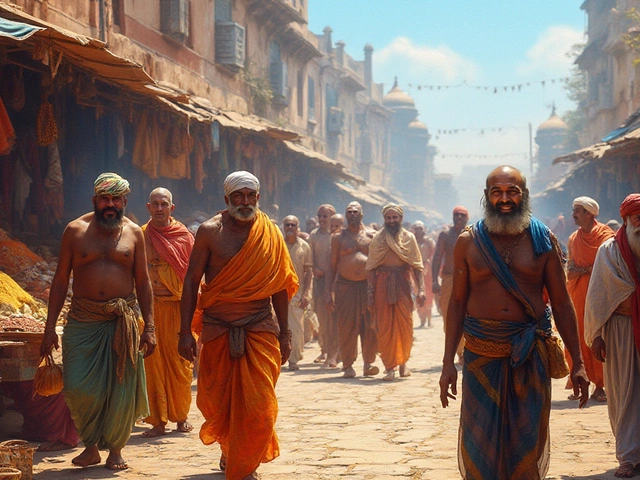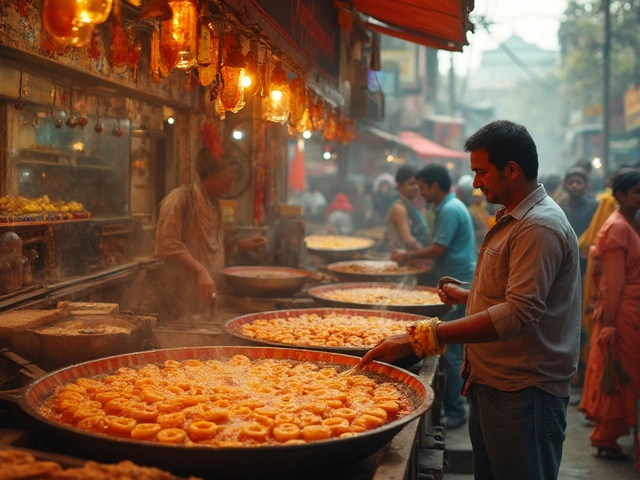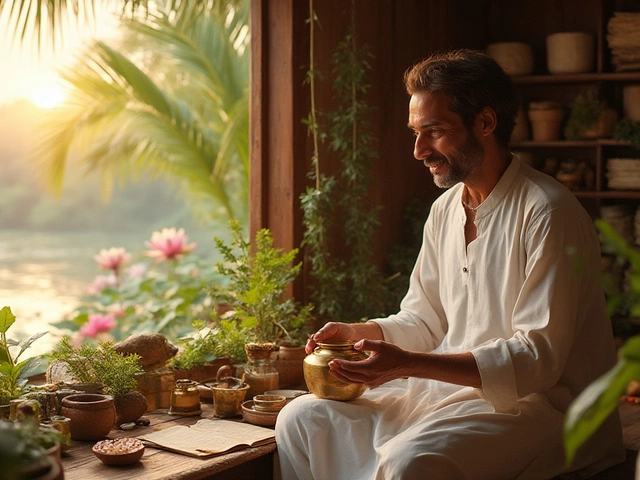Art History in India: Origins, Styles, and Living Traditions
When we talk about art history, the study of how visual expression has evolved across time and place. Also known as visual culture history, it’s not just about old paintings and statues—it’s about the people, beliefs, and daily life behind every brushstroke. In India, art history isn’t locked in museums. It’s alive in village murals, temple carvings, and the hands of artisans who still use techniques passed down for centuries.
One of the earliest chapters in Indian art, the diverse visual traditions originating from the Indian subcontinent. Also known as South Asian art, it begins with the Indus Valley seals—tiny stone carvings of animals and symbols from over 4,000 years ago. Then came the rock shelters of Bhimbetka, where prehistoric hunters painted scenes of hunting and dancing. Fast forward to the Gupta period, and you find the first named Indian artist: Brihaspati, whose name was carved into a sculpture around 500 CE. This wasn’t just decoration. Art was devotion, storytelling, and identity rolled into one.
Fast forward again, and you’ll find Pithora painting, a vibrant ritual art form from Gujarat created as offerings to the deity Rido. Also known as Pithora murals, it still thrives today in tribal villages. Artists don’t sign their work—they believe the spirit of the deity enters the painting. This isn’t nostalgia. It’s living art history. Meanwhile, the legacy of Bharata Muni, the ancient sage credited as the father of Indian art and performance. Also known as author of the Natya Shastra, it echoes in every dance, every temple sculpture, and every rhythm in Indian music. He didn’t just write rules—he shaped how India sees beauty.
What makes Indian art history different from other traditions? It never stopped. While Europe moved from frescoes to oil paintings, India kept its traditions alive in homes, temples, and festivals. You’ll find the same patterns in a 2,000-year-old temple wall and a modern textile design in Rajasthan. The colors, the symbols, the stories—they’re all connected.
There’s no single story here. There are dozens—each region, each community, each caste has its own way of seeing and making art. From the delicate brushwork of Mughal miniatures to the bold lines of Warli paintings, India’s art history isn’t a linear path. It’s a web. And every thread still holds.
Below, you’ll find real stories from this living tradition. Learn who painted the first known Indian artwork, why Gujarat’s sacred murals still get made, and how ancient styles survived even when modern life changed everything. This isn’t a textbook. It’s a conversation with the past—through the eyes of those who still carry it forward.





